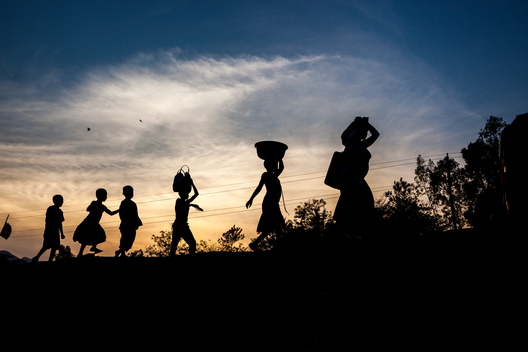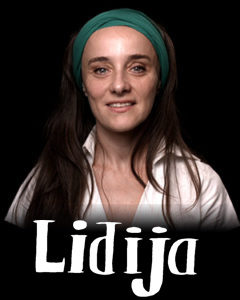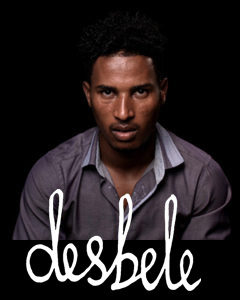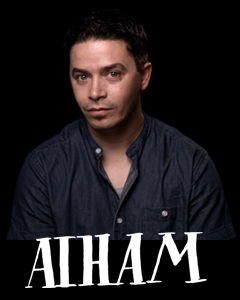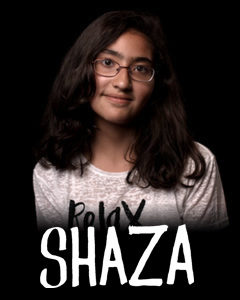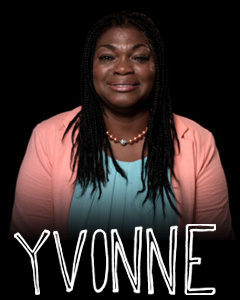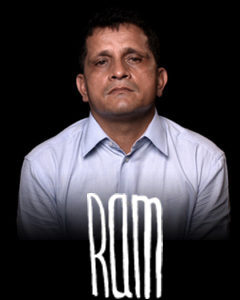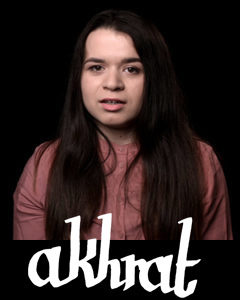Disasters & Conflicts: DR Congo. Civil war, 1996-current
The Democratic Republic of Congo is the scene of the deadliest conflict since the World War II, costing the lives of between four and five million people.

Country: Democratic Republic of Congo
Period: 1994-present
Type of conflict: Civil war, first African war
Conflict: Various factions battle for power and for access to coveted natural resources
Parties involved: Congolese army, Mai-Mai militias, Congolese rebels, Hutu militias and almost all surrounding countries
Estimated number of victims: 4 to 5 million deaths, 1.5 to 2.5 million refugees
The Democratic Republic of Congo is the scene of the deadliest conflict since the World War II, costing the lives of between four and five million people. After the genocide against the Tutsi community in Rwanda in 1993, many Rwandan Hutus, including mass murderers, flee to Congo. The resulting chaos and violence lead to the fall of the dictator Mobutu. Various neighbouring countries become involved in the conflict. Congo receives support from Zimbabwe, Angola and Namibia. On the opposing side are Uganda, Rwanda and the RCD rebels.
Peace is achieved in much of Congo in 2003. It is only in the east that the population still suffers from violence, rape and extortion by the army and armed factions.
Congo’s wealth is a source of misery
The tragedy of Congo is that its vast wealth is also the cause of its misery. Its soil is rich in deposits of diamonds, gold, copper, cobalt, zinc, coltan and cassiterite. Coltan contains minerals used in mobile telephones, game computers, PCs and the like. Cassiterite, a raw material used to make tins, generates millions in profit. These resources attract pillaging adventurers, mafia-like gang leaders and foreign armies. Congolese civilians, particularly in the east of the country, are trapped between these groups. A United Nations peacekeeping force of 20,000 men, the biggest in the world, has not yet succeeded in protecting the population from violence. The International Court of Justice in The Hague is trying to bring some of the violent gang members to trial.



